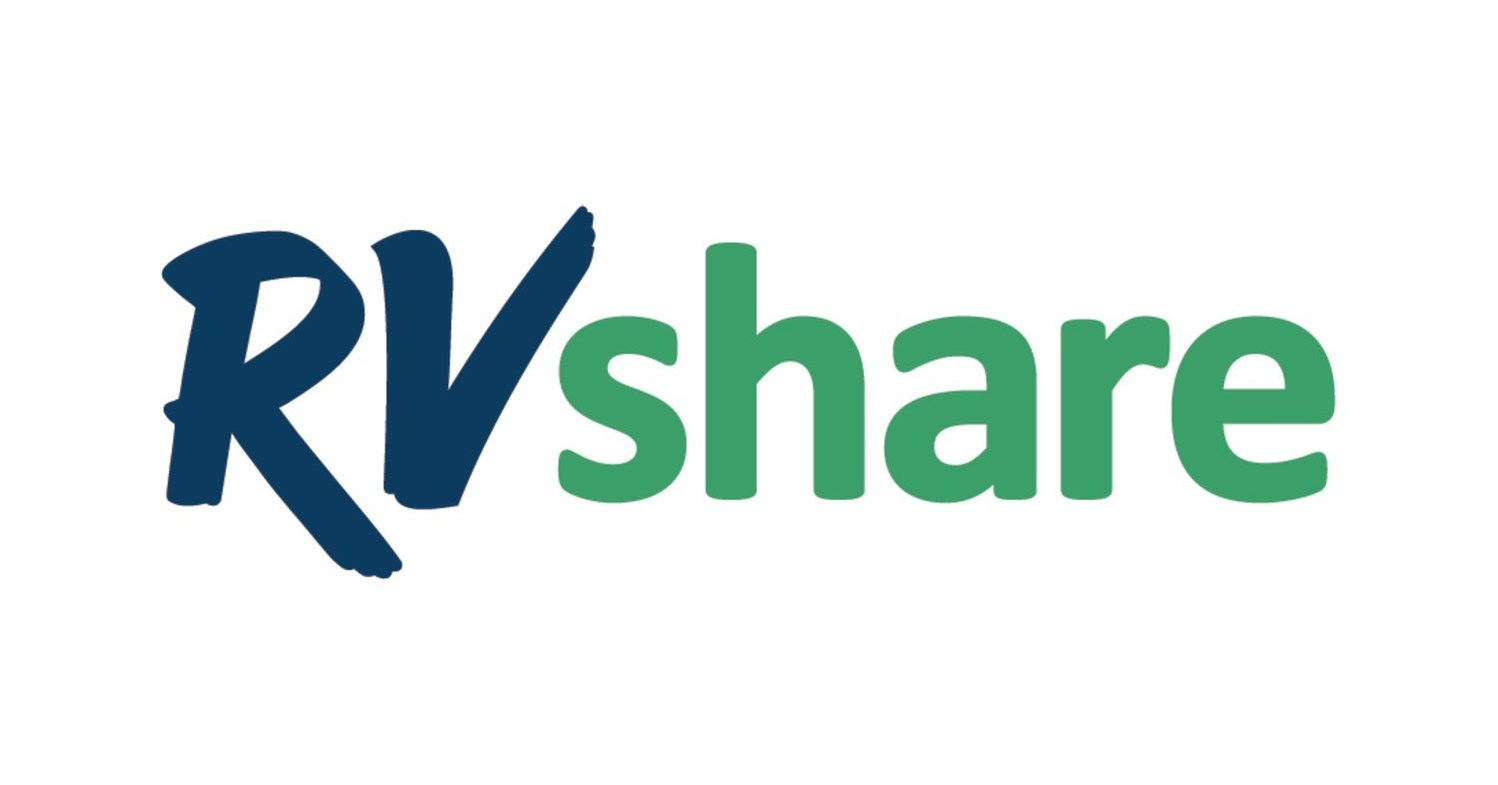March 18, 2025
Case Study: RVshare’s Implementation of “Nearby” Internal Linking
Company Background

RVshare is North America’s largest RV rental website, connecting RV owners with travelers seeking authentic outdoor experiences. With thousands of RV listings for trips to campgrounds, parks, and other RV-friendly destinations, maintaining relevant geographical connections between their content pages is essential for user experience and SEO performance.
Challenge
Before implementing Similar AI’s “nearby” internal linking feature, RVshare faced significant challenges with their manual linking process:
- Time-consuming manual work: “We kind of did our own internal linking… but having to link all of those pages specifically is a lot of work,” explains Emily Cimarusti, SEO Manager at RVshare.
- Link maintenance issues: “We ran into issues making sure those links were up to date, not dead-ending or giving a 404 page.”
- Balancing specificity with breadth: “We had to be nitpicky but also broad at the same time, and that’s a hard line to teeter on.”
- Inherent bias in manual selection: “There were biases behind it without realizing it… you might think these five pages are where you want to be, but in reality, it’s the six pages you totally missed.”
To manage workload, RVshare’s team focused primarily on top-level pages, linking state park pages to popular cities and key locations. This approach created a “top-down” linking structure but couldn’t scale effectively to cover their extensive content network.
Solution
Similar AI’s InternalLinking.io offers a powerful “nearby” internal linking feature that intelligently identifies geographical relationships between content pages.
The nearby internal linking feature works by identifying the location on each page—either through a specific selector from the crawler or using AI—and then geocoding it. This allows the system to link out to geographically nearby pages, combining geographic proximity as a measure of location relevance. Site owners can set a specific radius for how “nearby” pages should be within each recipe.
A core strength of InternalLinking.io is that it runs recipes on top of comprehensive site crawls. This ensures the system will no longer link to non-indexable pages, eliminating broken links. Additionally, when new pages are added to the site, they automatically receive topically relevant in-links throughout the site.
Understanding Entities and Recipes
RVshare organizes their content into different “entities” based on what the pages are about—campgrounds, Bureau of Land Management (BLM) sites, dump stations, state parks, national parks, and road trips.
“Recipes” are how Similar AI’s InternalLinking.io configures or customizes linking relationships between different types of pages. These linking recipes define which entities should link to which other entities, and under what conditions.
For RVshare, the team developed three primary linking patterns:
- State/national parks linking to campgrounds, BLMs, and dump stations
- Campgrounds/BLMs linking to state parks, national parks, and dump stations
- Road trips linking to destinations near both the starting and ending points
Optimized Link Quantity
The team found approximately 15 links per page to be ideal. As Emily explains, “If we did any more, it would be overwhelming and wouldn’t have the intent; if we did less, it would just look like a waste of space.”
Additionally, using fewer links would artificially constrain the site’s ability to take full advantage of horizontal linking opportunities across the platform.
Implementation Process
The implementation process was collaborative and straightforward:
“There was a good discussion going towards it,” Emily recalls. “Initially there was some apprehensiveness—we didn’t know if this would work or how specific we could be without causing issues. But that initial planning stage made the actual implementation the easiest part.”
The team focused on implementing one entity type first, checking the results, and then rolling out to additional entities. This phased approach allowed them to refine the system before scaling across all content types.
Results
RVshare has already observed several improvements from implementing the nearby linking feature:
- Reduced page errors: “Beneficially, as of right now, I’m seeing less errors on our end for pages, which is really nice.”
- Better linking intent: “The intent is better—that’s the big thing if we could summarize.”
- “Safety net” for content: “You don’t need to specifically go in and add something because you know those things are going to get links.”
- Enhanced user journey: “The ability of knowing that those links are actually related to what people are looking at is very nice.”
National Park pages have shown particular improvement: “That was a page where I was seeing the intent of those links initially making no sense. Now, if you go from campgrounds and want to see if there’s a national park nearby, it’s going to tell you.”
Future Plans
The success of the “nearby” linking implementation has inspired RVshare to explore additional applications:
- Events content enhancement: “We’re trying to push more partnerships in that regard, so maybe we can use it for events and make it a bigger project.”
- Trip inspiration features: “If you’re going to the Indy 500, you could go to the Indiana Dunes, which is an hour away. Having that kind of logic of ‘maybe on your way back, you could go this way’ is an interesting thought process.”
- Enhanced road trip content: “We’re trying to increase our road trip pages, so having inspiration of ‘if you’re going from point A to point B, these are the things you could see’ is an interesting path.”
Conclusion
“By implementing Similar AI’s nearby linking feature, we’ve transformed a manual, time-consuming process into an automated system that better serves both our content team and our users,” says Martijn Scheijbeler, SVP Marketing at RVshare.
“The intelligent, intent-driven linking structure not only eliminates maintenance workload but also creates a more natural user journey through related content.”
The implementation has shifted RVshare’s approach from simply providing links to offering travel inspiration. As Emily describes, “It went from ‘here are links’ to ‘if you’re here, these are also the related nearbys.’ It’s almost like a natural ‘did you think about this?'”
This more intuitive approach uses internal linking not just for SEO benefits but as a way to improve customer journeys and user experiences across the platform.
“We’re thrilled to see how RVshare has leveraged our nearby internal linking technology to enhance both their SEO and user experience,” says Robin Allenson, CEO and Co-founder of Similar AI. “Implementing this on your own site is straightforward with our self-serve tool at InternalLinking.io. Many companies are already using it to transform their internal linking strategy. You can sign up and try it on your own site or client sites, or reach out to me directly for a demo or to discuss larger implementations.”
